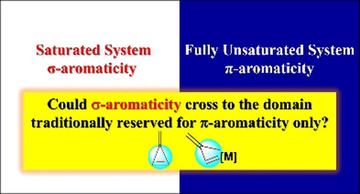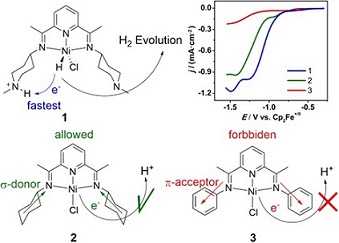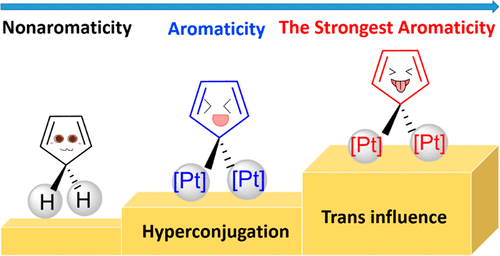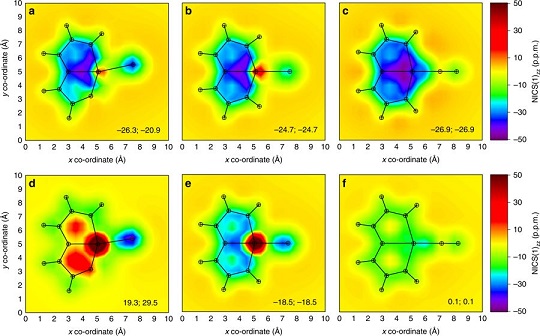σ‐Aromaticity in a Fully Unsaturated Ring
Submitted by Jun Zhu on Tue, 11/06/2018 - 21:55
Aromaticity is one of the most fundamental and fascinating chemical topics, attracting both experimental and theoretical chemists owing to its many manifestations. Both σ‐ and π‐aromaticity can be classified depending on the character of the cyclic electron delocalization. In general, σ‐aromaticity stabilizes fully saturated rings with σ‐electron delocalization whereas the traditional π‐aromaticity describes the π‐conjugation in fully unsaturated rings.









